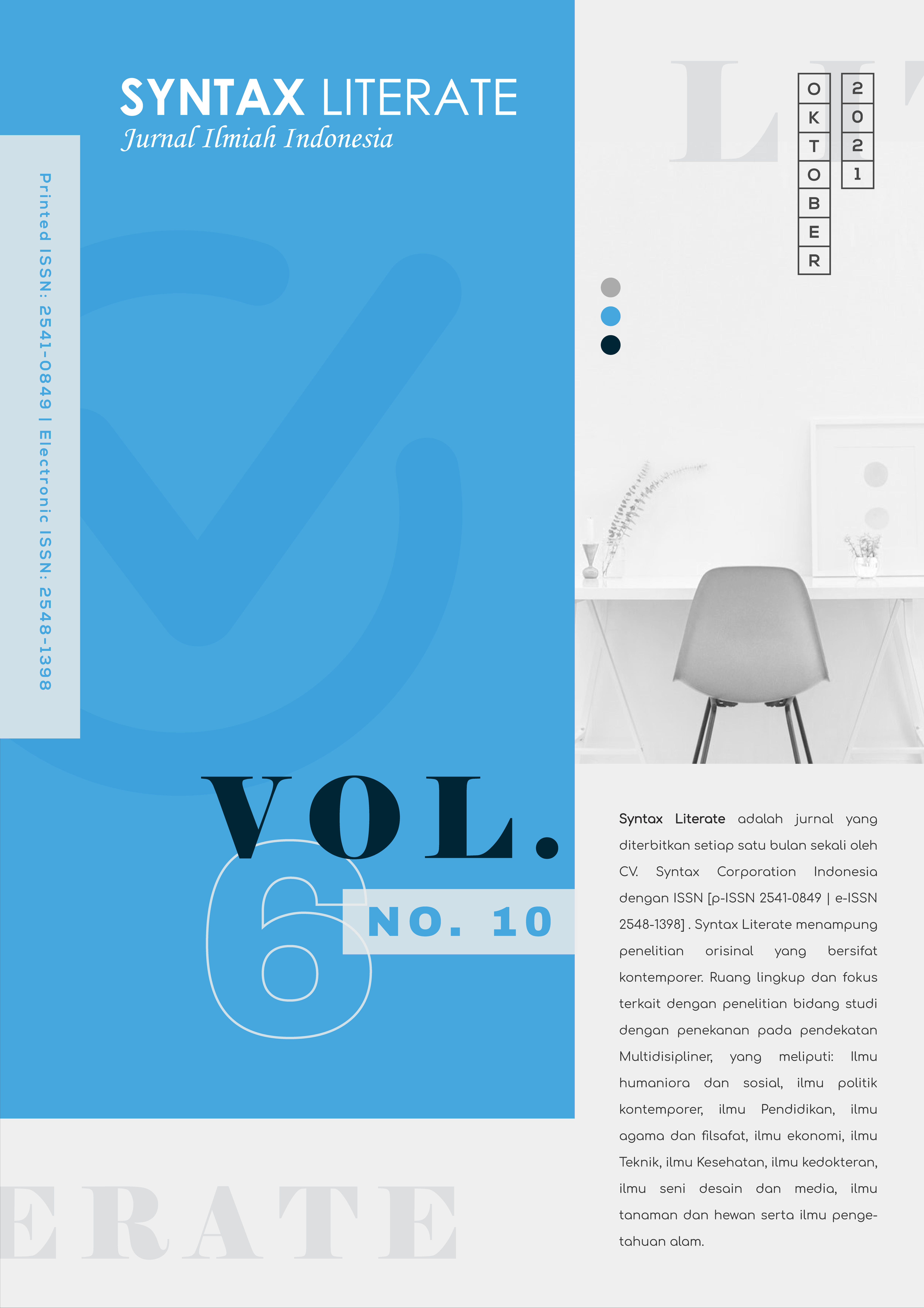Analysis of The Relationship Between Microbial Activities In Humus Soil Towards Infiltration Rate for Fertility Improvement With Biosoildam Technology for Corn Plantation
Abstract
This research was conducted on Humus soils, especially for Corn Plantation, aimed at restoring soil health and fertility due to the use of chemical fertilizers and pesticides. Through controlled microbial activity through bio whole. This study observes periodically changes in soil acidity, infiltration rate, and electrolyte conductivity levels around the center of the biohole as the center of the microbial distribution. As a comparison, observations were made using a biohole that was only filled with water without microbes. Furthermore, these two conditions, namely biohole with microbes and biohole without microbes, were compared to changes in parameters: soil acidity, infiltration rate, and electrolyte conductivity levels. So that it can be seen a real difference in the speed of improvement of the two soil conditions and the ability of the soil to provide nutrients during vegetative and generative growth. Soil carrying capacity research using microbial activity variables as a measurable control is called Biosoildam Technology. This research was conducted on agricultural land with commodities as above. The tools used are the Double Ring Infiltrometer to measure the infiltration rate at three radial distances from the center of the microbial hole (Biohole), the measurement of electrolyte salt content as an indication of soil fertility using Electrolyte Conductivity, and the use of a PH meter as a measure of soil acidity. Infiltration calculations were carried out every 5 minutes and observed every 15 days for 45 days. This research is expected to: reduce production costs, increase crop yields, make agriculture sustainable, produce multiplayer economies of effect, strengthen crops to face global climate change. The result of the research shows that the highest infiltration rate, infiltration capacity, fertility & acidity happened on soil involving Biofertilizer MA-11, ie 83-99 cm/hour, 325 – 970 uS/cm, PH = 6- 6,5. While the lowest infiltration rate, infiltration capacity, fertility & acidity was happened on soil without involving Alfaafa Microba MA-11, ie 31- 52 cm/hour, 325 – 540 uS/cm, PH 5 – 6
Downloads
Copyright (c) 2021 Nugroho Widiasmadi

This work is licensed under a Creative Commons Attribution-ShareAlike 4.0 International License.











